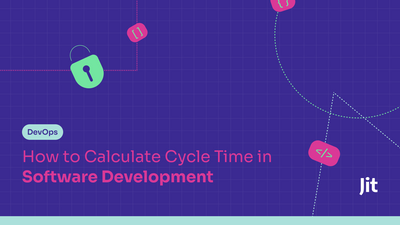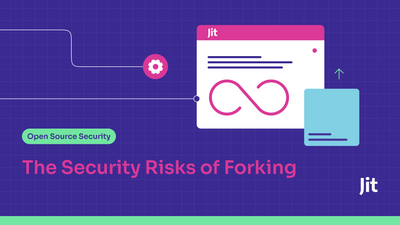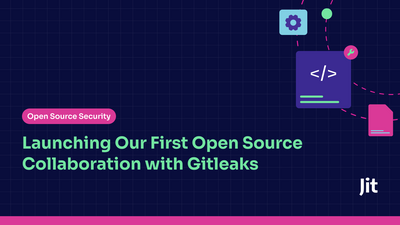The Future of AppSec, Written Here
Everything you need to embed security into development with AI-powered application security.
DevOps
Guest Post: A CIO/CISO Perspective on Agile Security and the Modern DevOps in the Startup Era Traditional product security tools and practices can’t keep up with today's standards of continuous delivery and release velocity in cloud native environments. Shift left-tools are needed, but aren't September 9, 2025









